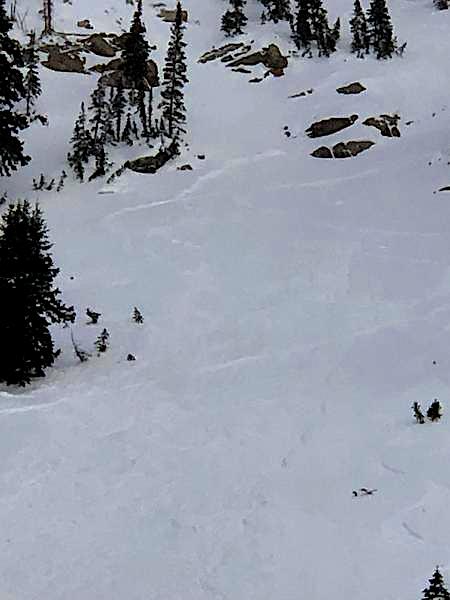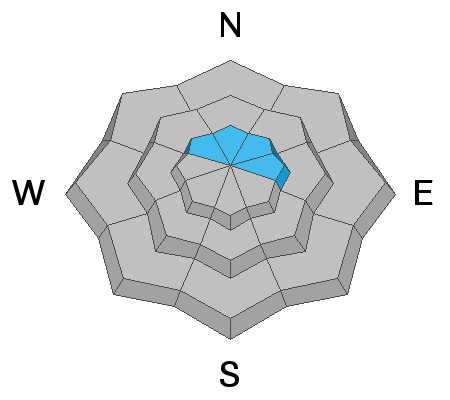Forecast for the Salt Lake Area Mountains

Issued by Mark Staples on
Sunday morning, December 29, 2019
Sunday morning, December 29, 2019
Watch for soft slabs of wind drifted snow at upper elevations where the avalanche danger is MODERATE. At mid and lower elevations, avalanche conditions are generally safe and the avalanche danger is LOW.
A low danger means that avalanches are unlikely but danger still exists. Travel smart and only expose one person at a time to avalanche terrain. Don't let the excitement of great powder lull you into being complacent in how you travel.

Low
Moderate
Considerable
High
Extreme
Learn how to read the forecast here









